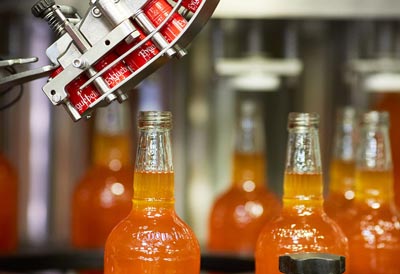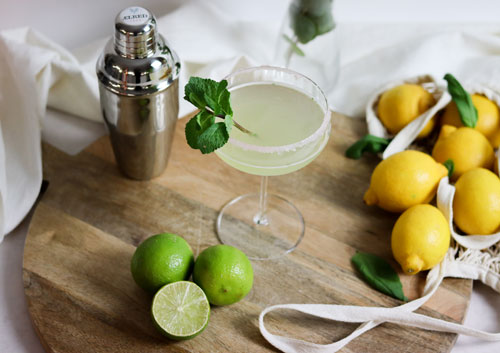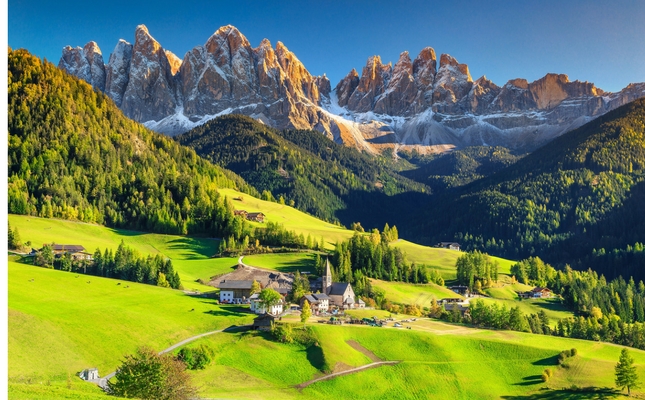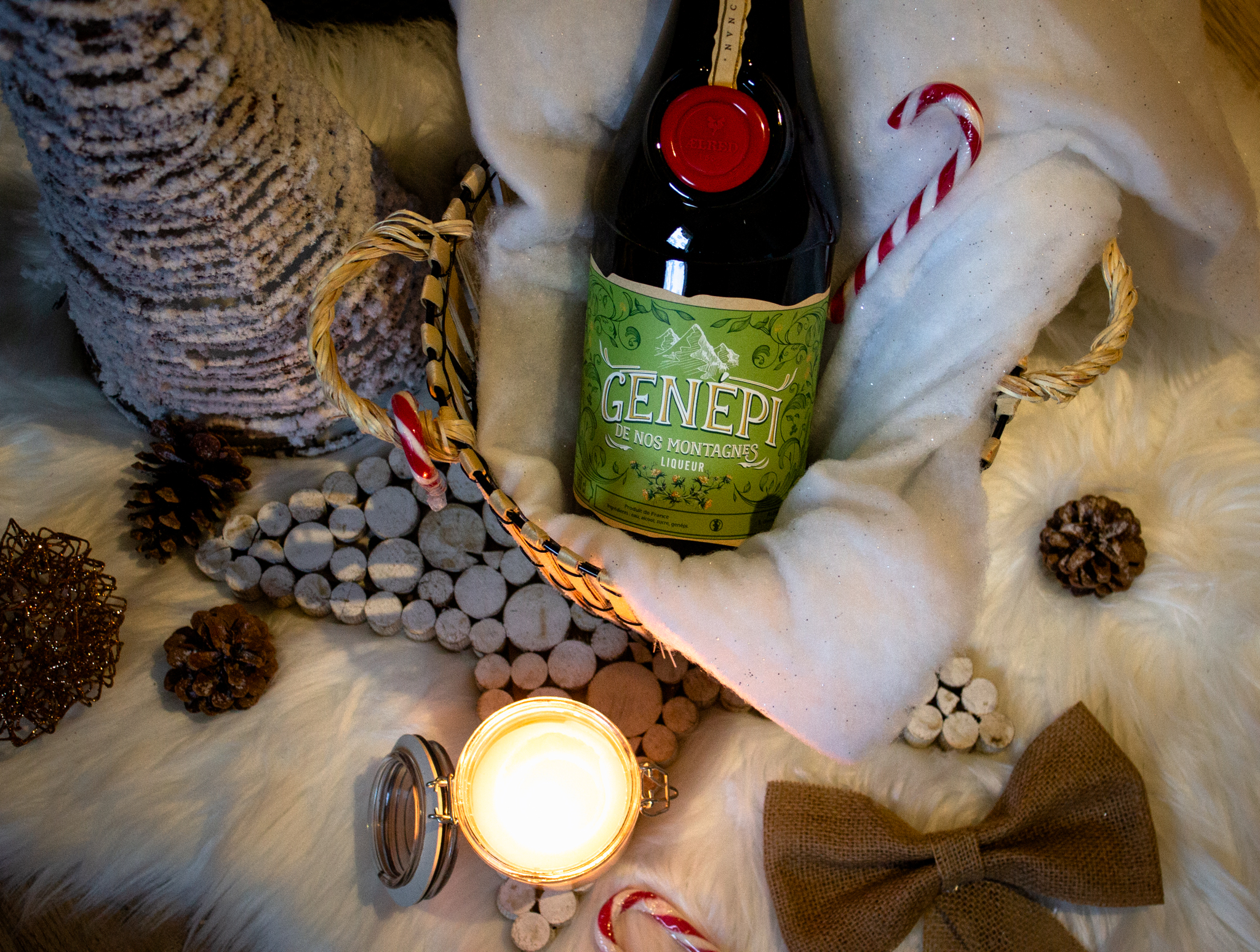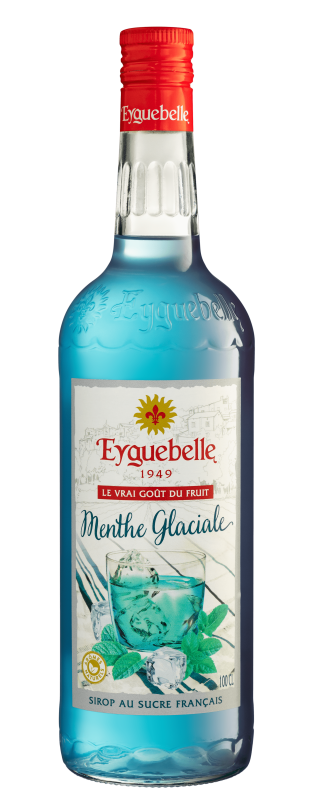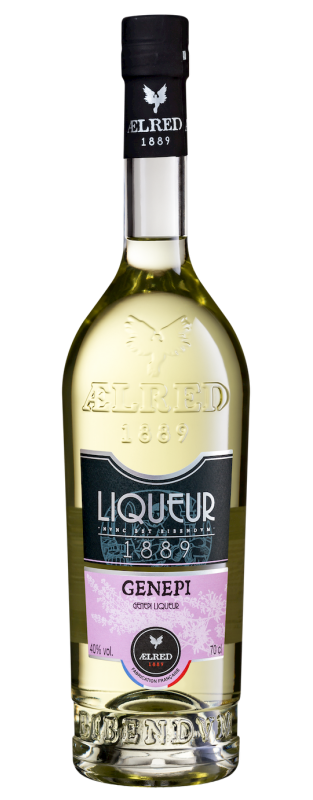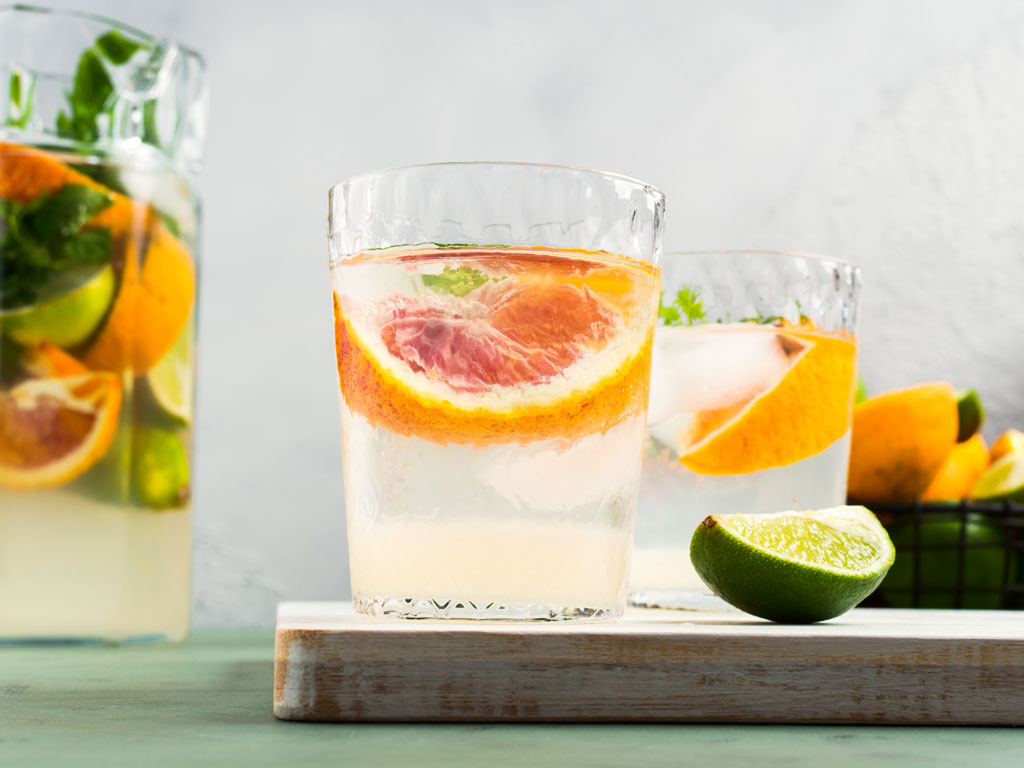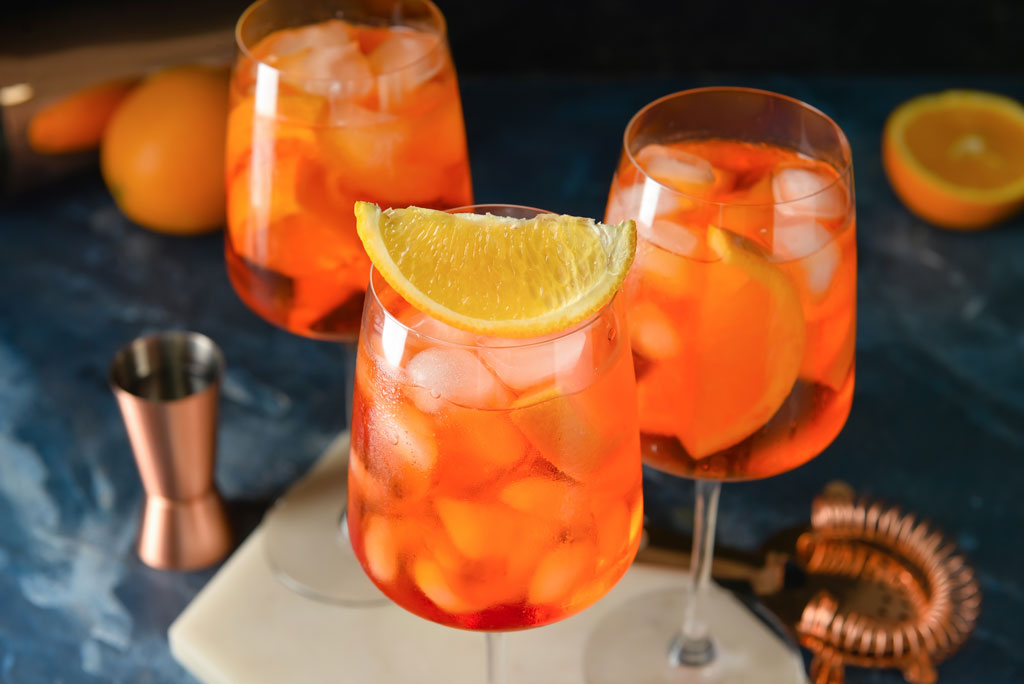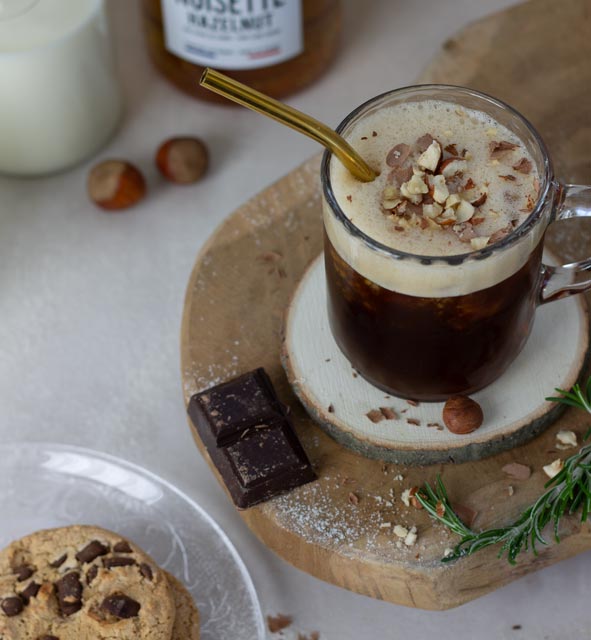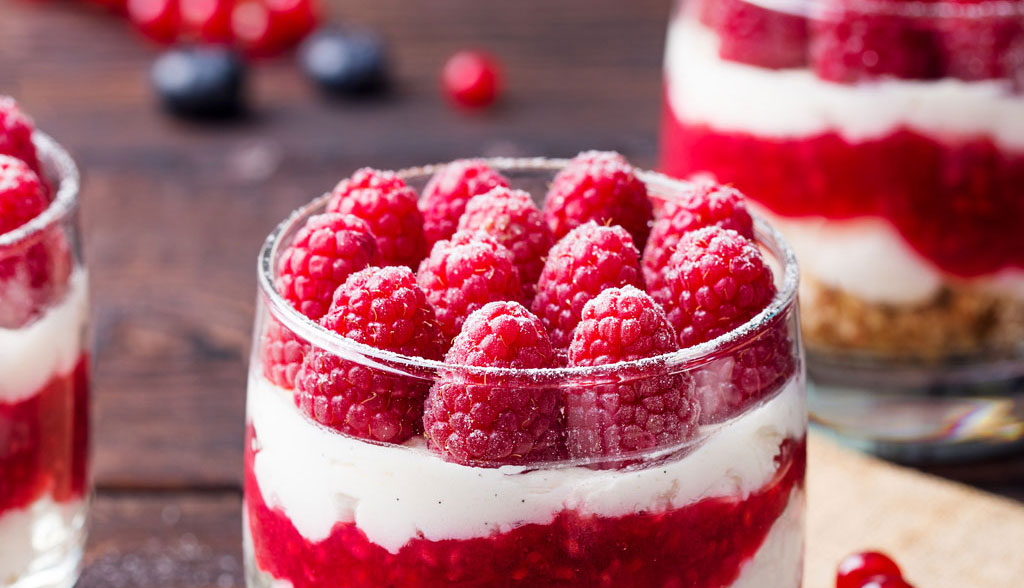

Do you know what genepi alcohol is? Find out how to drink genepi alcohol, its origin, its virtues and lots of other unusual information about this mountain plant.
1) Genepi: an ancient history
Before becoming a well-known digestive in the French mountains, it's important to remember that the origin of genepi liqueur dates back to the Middle Ages. It was not until much later, however, that genepi, like many other liqueurs, became widespread thanks to the production of monks. From the 19th century onwards, genepi liqueur became a commercial product, with the appearance of distilleries in the mountains of the Alps, particularly in Savoie. It was clearly the popularity of ski resorts that made génépi liqueur famous and emblematic of the French mountains.
Although génépi was originally used to combat digestive problems, it is now mainly used as a liqueur as an after-dinner digestive.
2 ) Génépi Artemisia, what's that?
Artemisia. Atchoum!
Not an easy name to remember, is it? And yet it's the well-known scientific name for the genepi plant. Genepi belongs to the Wormwood family, in the same way as the famous Absinthe that you know so well.
Are you confused? Yes, because we're obviously talking about Génépi bleu, Génépi noir, Génépi blanc and Génépi jaune! It's as if you don't understand a thing.
In truth, we are often talking about the same species of plant. There are 5 main varieties of genepi found in the French Alps (Savoie, Haute-Savoie and Isère, Hautes Alpes and Alpes Maritimes). Not all are used to make liqueur:
- Artemisia genipi = Artemisia spicata = Génépi bleu = Génépi noir = Génépi femelle
- Artemisia umbelliformis = Artemisia Mutellina = Génépi blanc (according to the Swiss) = Génépi Jaune = Génépi Gris
- Artemisia eriantha = woolly genepi
- Artemisia glacialis = Yellow genepi = most commonly used by liquorists = true genepi = male genepi = glacier genepi or Alpine genepi.
- Artemisia nivalis = Snow genepi = Snow wormwood
3) Don't touch it
Genepi is found mainly in the French Alps, flowering between July and September.
The particularity of this species is that it grows at high altitude between 2000 and 3000 metres in rocky bars, making it a rare and protected plant. Picking it is therefore prohibited in the Vanoise National Park and subject to restrictions in other parks.
4) Tonic for the body (but not always for the mind)
Used in the Middle Ages as an infusion to treat stomach problems, the genepi plant is still appreciated for its benefits and medicinal virtues.
Genepi is reputed to be an excellent general tonic. Genepi liqueur is also digestive and excellent against cold snaps and general fatigue. That's why it's even more popular in winter.
Served as an aperitif, it is often said that génépi liqueur whets the appetite. Genepi is said to stimulate the stomach. Genepi is also known to treat lung ailments, help healing and combat mountain sickness! It is even recommended for women suffering from poor menstruation...
In short, the genepi plant is good for the body, but don't forget that genepi liqueur contains alcohol, which is not necessarily good for the mind! Drink in moderation.
5) Temperature: 40 degrees, but not in the sun!
If the outside temperature when you're tasting génépi is close to 0°C (yes, it's cold when you're skiing), the same can't be said for the alcohol content of the liqueur.
Nowadays, you can find Génépi liqueurs with alcohol contents that vary greatly from one recipe to another. 20 degrees for this génépi, 30 for another and sometimes 40. So which to choose?
Eyguebelle produces a 40° proof genepi liqueur. Why 40° you might ask? Quite simply because this is the original recipe and at Eyguebelle we like to preserve traditions.
6) 2 ingredients and nothing else
For many years, the production of génépi liqueur was still done by craftsmen, mostly in the mountains. Nowadays, distilleries have become more professional, particularly with the restriction on harvesting.
The composition of génépi liqueur is simple. It contains plants and a neutral alcohol.
According to the production method, the genepi plant must account for at least 50% of the plants used in the recipe. Contrary to popular belief, génépi liqueur does not contain brandy.
There are three methods for extracting the aroma, which may be used together or separately:
1) Maceration in an alcoholic solution (at least 20 days for dried plants, 15 days for fresh plants).
2) Suspension of the plants in a water-alcohol solution for a minimum of 90 days.
3) Distillation of the macerated plants in a water-alcohol solution.
Prepared by a true Savoyard, Ælred Génépi liqueur was awarded a Silver Medal at the Concours Général Agricole de Paris in 2015. The taste of this liqueur is free of bitterness and astringency, revealing notes of flowers and pollen with a fresh, floral nose. The colour of this liqueur is a golden yellow tending towards blue.
7) How to drink genepi spirit?
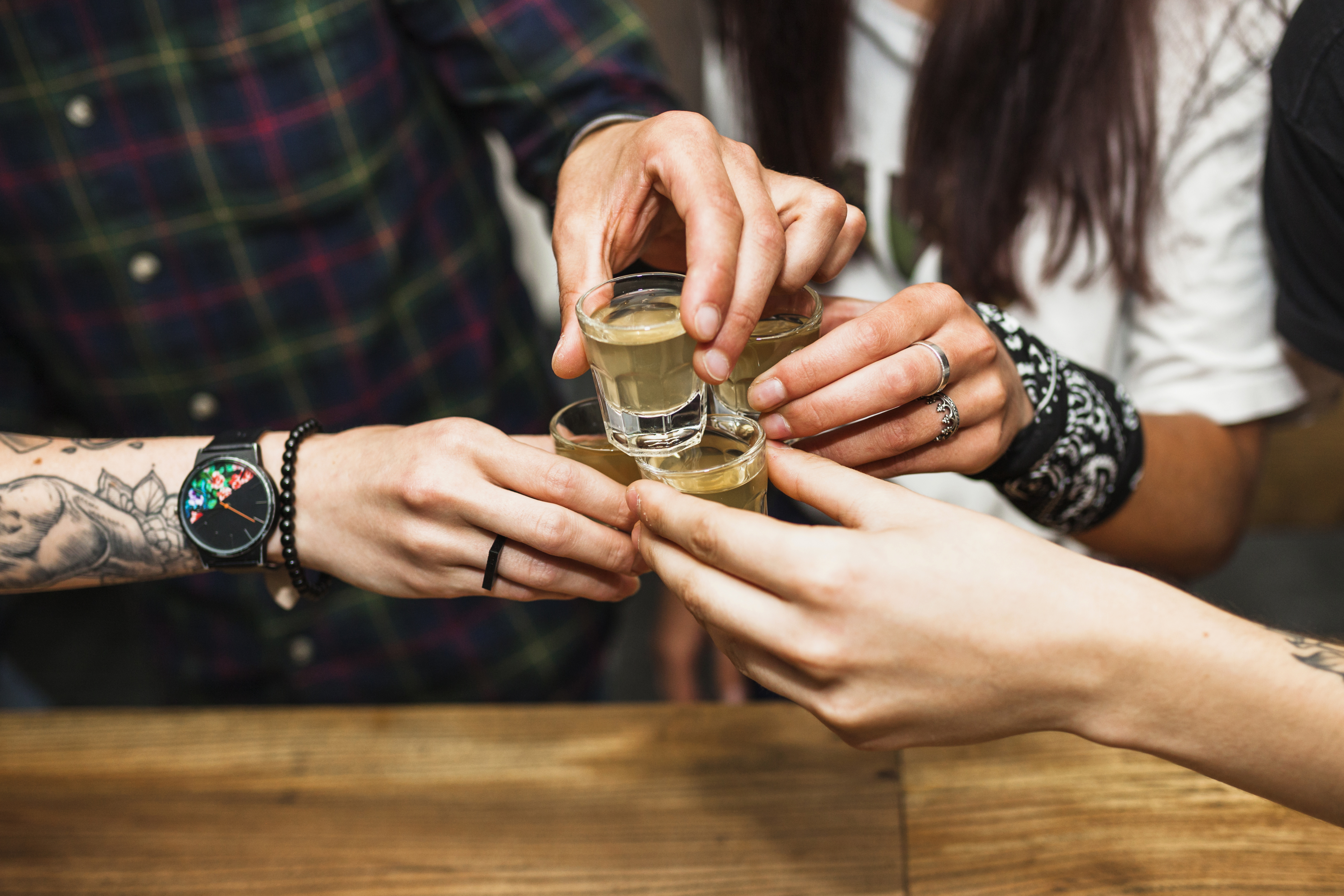
THE crucial question. You've finally got your bottle in your hands and you're wondering how to drink your Génépi alcohol like a true mountain dweller?
Quite simply neat, as an after-dinner drink at room temperature or chilled. At the end of a meal, after a good raclette or a cheese and charcuterie platter when it's cold outside.
This is the best-known way to enjoy Génépi liqueur.
However, with the popularity of this plant-based liqueur, consumption has diversified, taking the form of cocktails, aperitifs or as part of cooking dishes. Here are a few original recipes for drinking Génépi in a different way.
Enjoy!
White wine with genepi :
Ingredients :
- 1/5 Ælred Génépi liqueur
- 4/5 white wine of your choice
Pour the Génépi liqueur into a wine glass, followed by the white wine. Stir if necessary. Enjoy immediately.
Cocktail with Génépi liqueur :
Ingredients :
- 6 cl Ælred Génépi liqueur
- 1 cl Eyguebelle ice mint syrup
- Sparkling water
Put 3 or 4 ice cubes in a cocktail glass. Pour in the Génépi liqueur, then the Eyguebelle glacial mint syrup. Top up with sparkling water.
You can also enjoy this recipe neat without sparkling water.
Tip: place your cocktail glasses in the fridge 1 hour before preparation.






